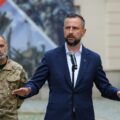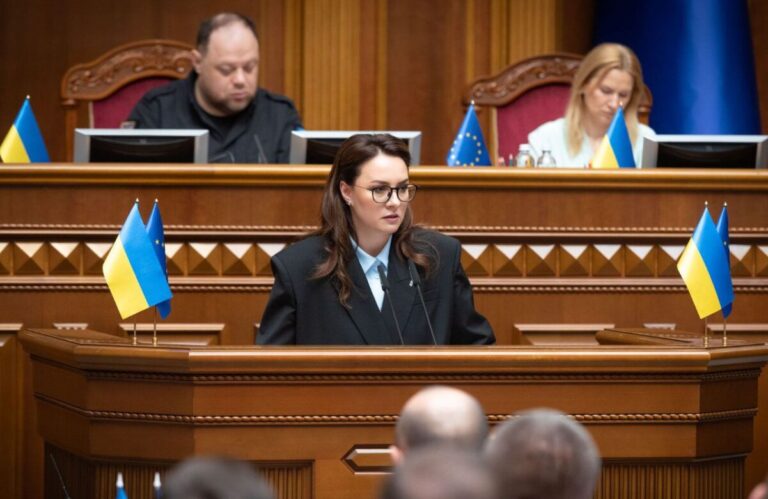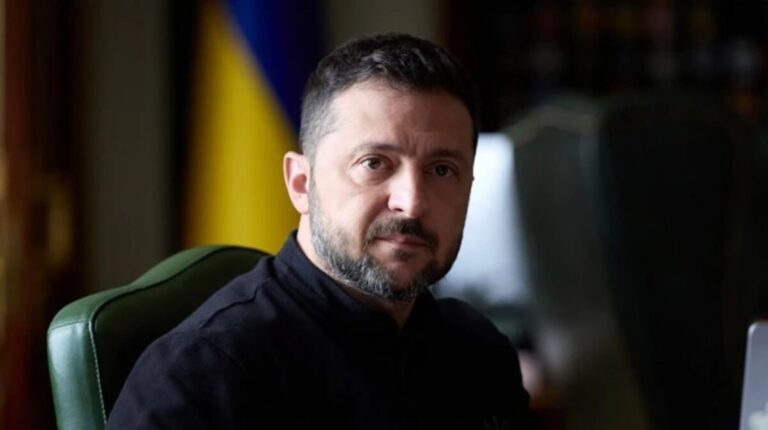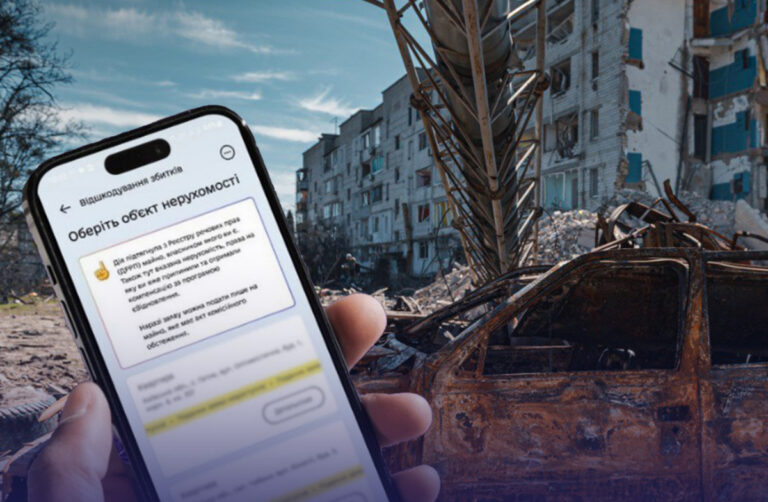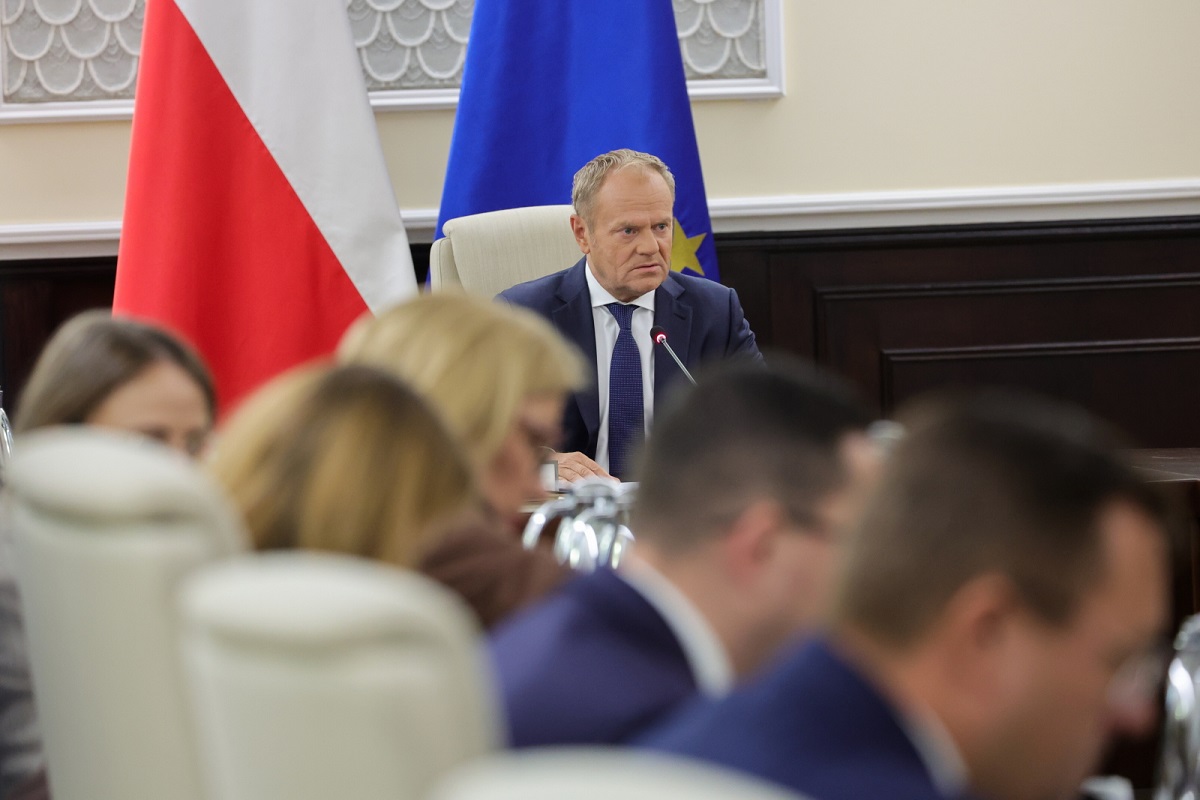
Drone Incursions into Poland and the "Zapad-2025" Exercises: Is NATO Facing a New Test?
Poland’s airspace was breached. On the night of September 10, 2025, at least 19 Russian drones entered Polish airspace. One of the drones damaged a private home. The incident became yet another sign that Europe remains in a zone of direct threat. And this time it’s not only about Ukraine. The breach of a NATO member’s borders triggered a sharp response from the West and serious concern among analytical circles. Both the media and the military got involved. Poland announced an accelerated call-up of reservists. Defensive measures were strengthened in several voivodeships. Hungary, which usually takes a cautious stance on matters of war, did not remain silent. Prime Minister Viktor Orbán, speaking on September 12 on Kossuth Rádió, stated: “Anything that violates the sovereignty of Poland, Hungary must be the first to clearly condemn.” According to him, Russia’s drone incursion into Polish airspace is “unacceptable” but also “predictable.” This incident exposed a key dilemma for Eastern Europe: the threat can come not only across land borders but from the air swiftly and without warning. Both Poland and Lithuania, along with Ukraine, vividly remember how it began back in 2022. Today, they are already far along in re-evaluating the role of national security.
Poland’s Response: Firm, Systemic, and Alarming
Polish Foreign Minister Radosław Sikorski categorically rejected the assumption that the drones may have entered by accident. This view had been voiced by U.S. President Donald Trump on September 11, when he said: “Maybe it was a mistake. But either way, I’m not happy with anything related to the situation. But hopefully, it will all end soon.” Polish Prime Minister Donald Tusk publicly dismissed the “accident” theory, calling the incident a hostile act by Russia. The consistency in Poland’s leadership statements reflects Warsaw’s unified stance: sovereignty is not up for negotiation. According to a German publication, at least five Russian drones were flying toward NATO’s logistics base in Rzeszów. That base serves as a crucial hub through which Western countries deliver arms to Ukraine. Although the drones did not reach their target, the flight path itself was a deeply troubling signal.
A Parallel Backdrop: The “Zapad-2025” Exercises
Amid the drone incursion, Russian-Belarusian command and staff exercises “Zapad-2025” began on September 12. They are being held under the framework of the so-called “Union State.” Officials describe the scenario as “defensive”: a hypothetical enemy attempts cyberattacks, sabotage, and incursions. In response, Russia and Belarus practice eliminating “illegal formations” including simulated use of nuclear weapons and deployment of a new missile system called “Oreshnik.” Although no major troop buildup has been detected in Belarus, Ukrainian intelligence views the exercises as a possible part of preparations for a new offensive. According to Ukrainian Armed Forces Commander-in-Chief Oleksandr Syrskyi, the threat from the northern direction remains. Analysts from the Center for Defense Strategies and Lithuanian intelligence also estimate the number of troops involved to be around 30,000. However, unverified reports circulating online suggest that Russia may be deploying up to 150,000 troops to the Belarusian border. No official sources have confirmed this.
Post List
Poland’s Response: Troops to the East
Poland is taking real military measures in response to emerging risks. According to Deputy Defense Minister Cezary Tomczyk, Warsaw is deploying up to 40,000 troops along its eastern borders particularly near Belarus and Kaliningrad.
“Poland has been preparing for the Zapad-2025 exercises for many months,” Tomczyk said on Polsat News. According to him, the Polish military held large-scale drills involving more than 30,000 troops, including NATO personnel. The goal is adequate response capability in the event of escalation.
“Let’s remember: Zapad-2025 is an offensive exercise,” he emphasized. This is the key contradiction between the publicly declared “defensive” nature of the drills and their actual character.
The Balance Between Escalation and Deterrence
Russia continues to test NATO’s limits of patience. On one hand drone incursions that perfectly fit the strategy of hybrid probing. On the other military exercises that covertly rehearse scenarios of full-scale offensive operations.
At the same time, NATO countries are trying to maintain restraint. Trump’s statements show that there is no full internal consensus on how to respond. But Poland, the Baltic states, and Ukraine already live in a reality where time for reflection is a luxury.
These events are not just political noise or media spin. They mark a new normal for European security, where each drone could become an “indicator of readiness” both for individual nations and for NATO as a whole.
- The incident involving Russian drones in Poland is a proven fact. It’s not just a border violation it’s a demonstration of Russia’s ability to test NATO’s reaction.
- Poland is responding proportionately and systematically. Border fortification, reservist mobilization, and the deployment of 40,000 troops are not gestures, but strategic action.
- The “Zapad-2025” exercises are not new they’re a pattern. Such drills previously preceded aggression in Georgia, Ukraine, and the Balkans.
- Europe’s strategic pause is ending. Decisions on defense readiness can no longer be postponed. Action is required today.
If Russia’s pattern of provocations is truly unfolding as part of a “hybrid probing” strategy, further escalation is likely. The question is no longer whether there will be a response but whether it will be unified.







